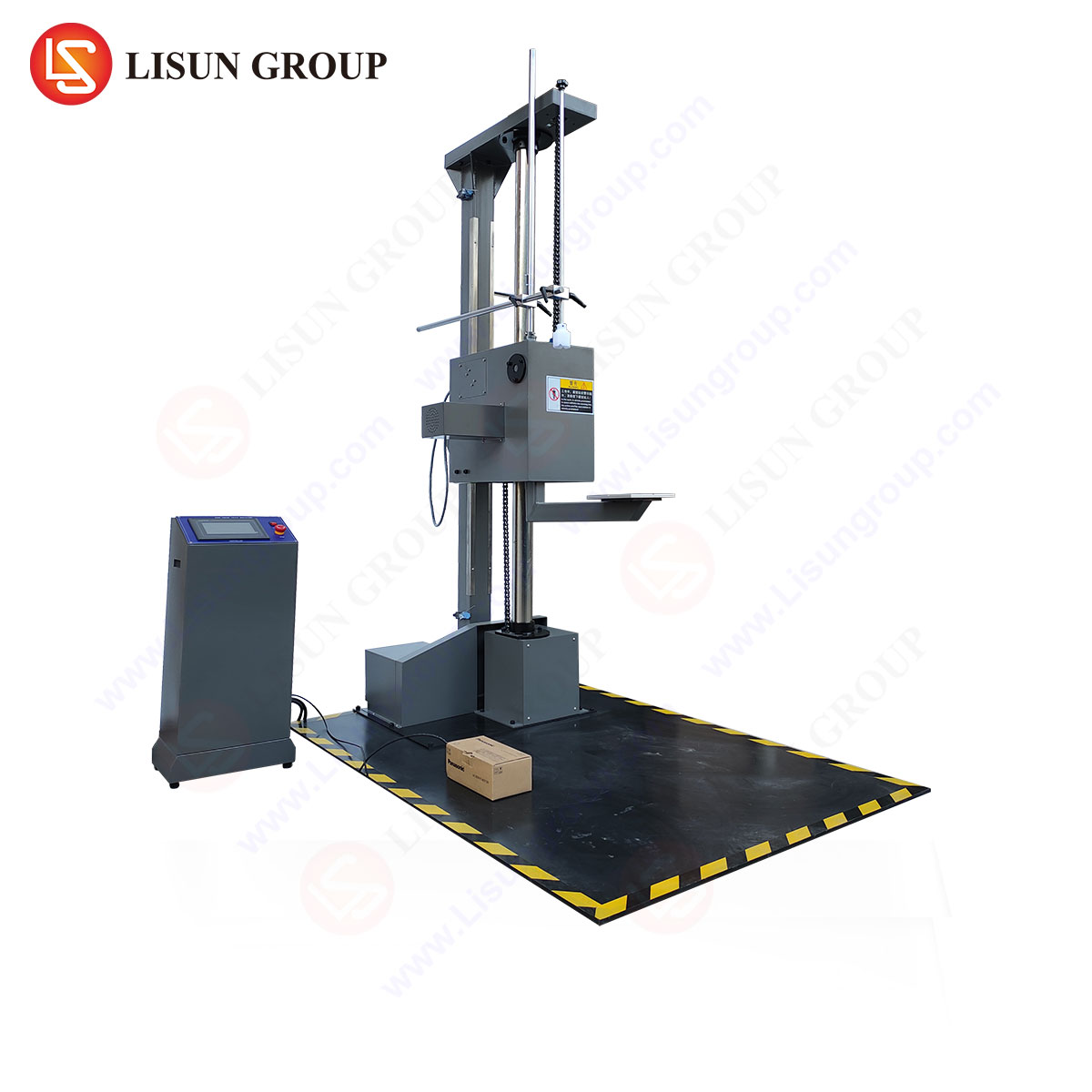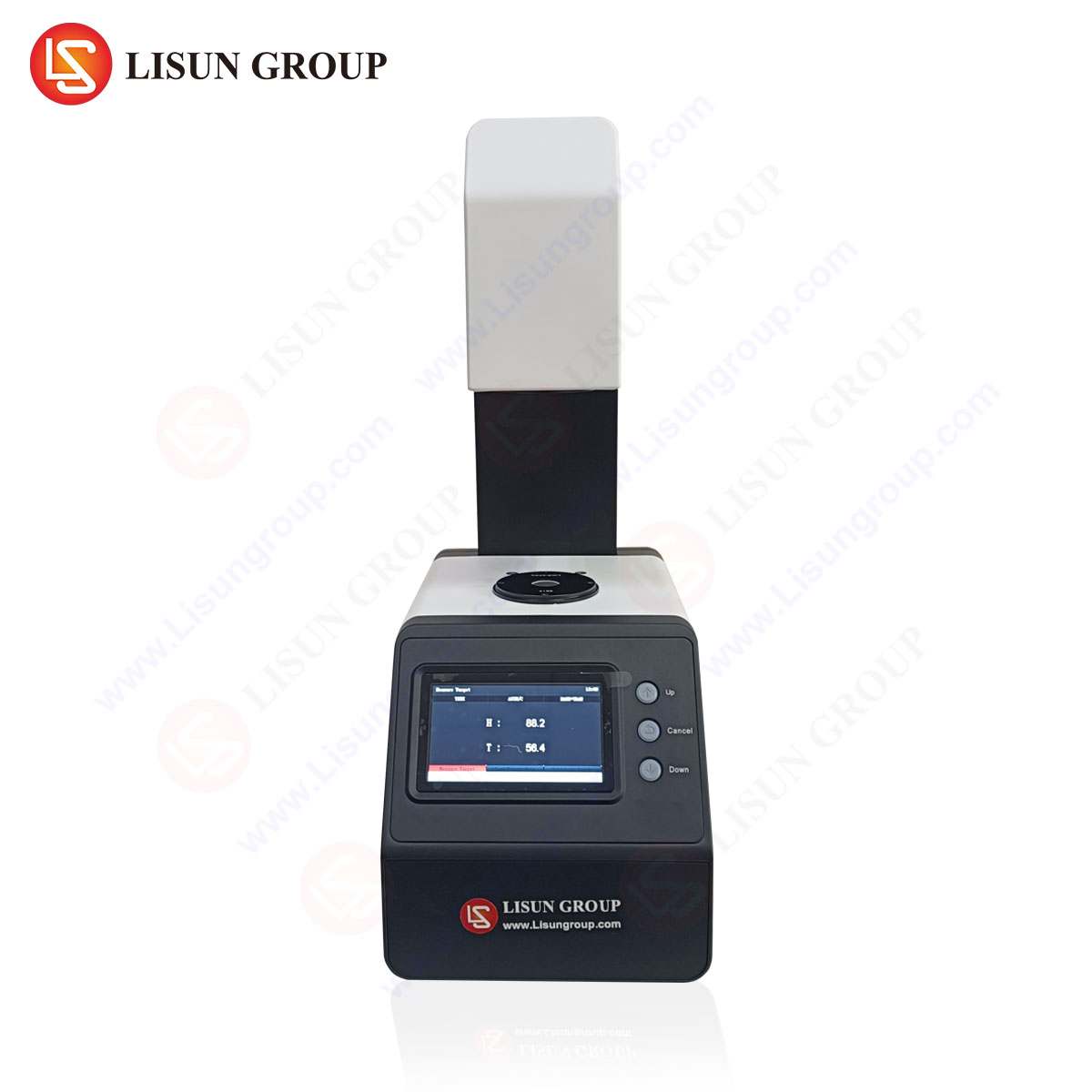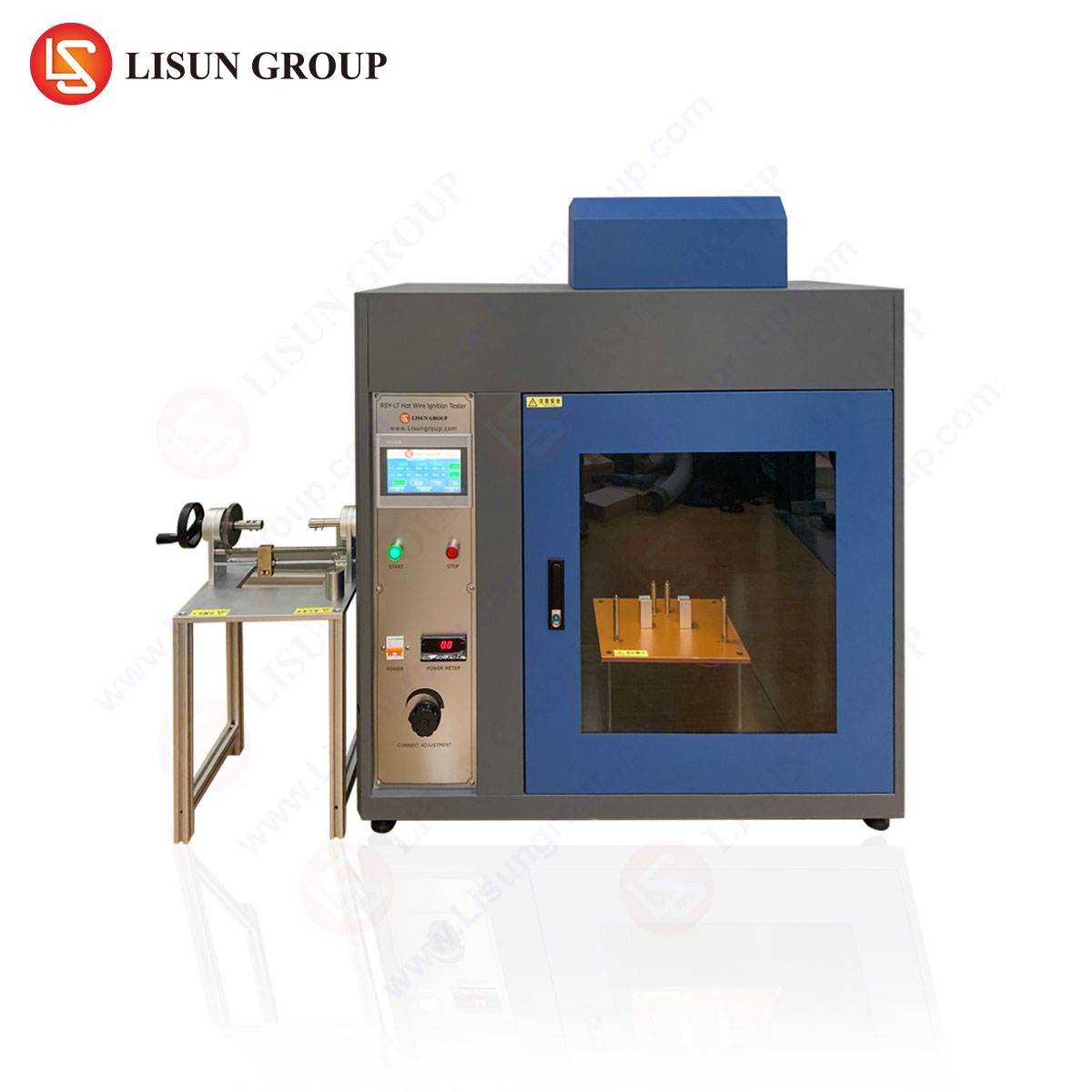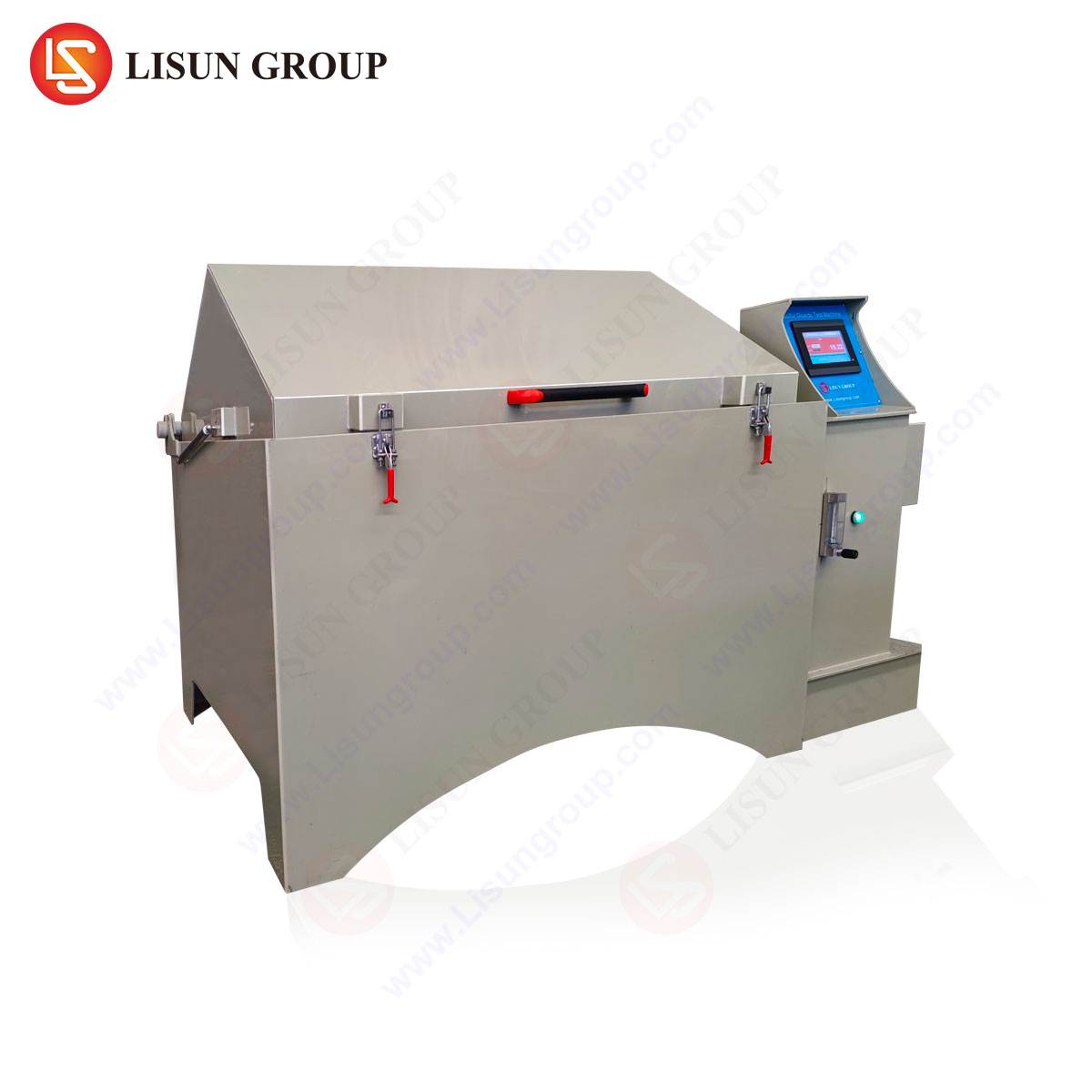A Technical Exposition on IK Impact Protection Testing: Methodologies, Standards, and Advanced Equipment
Introduction to Impact Protection Classifications
The durability and operational integrity of electrical and electronic equipment are paramount across a multitude of industries. While ingress protection (IP) codes against solids and liquids are widely recognized, the IK code, which quantifies protection against mechanical impacts, is equally critical. The IK rating, governed by international standards such as IEC 62262 and ISO 20653, provides a standardized scale from IK00 to IK10, where IK00 offers no protection and IK10 signifies the highest level of resistance to impact energy. This classification is indispensable for products deployed in environments susceptible to accidental knocks, vandalism, or strenuous operational stresses. Accurate and repeatable IK testing is not merely a compliance exercise but a fundamental aspect of product design validation, risk mitigation, and lifecycle forecasting. It ensures that enclosures, lenses, and critical internal components can withstand specified impact energies without compromising safety or functionality.
The Mechanical Principles of Impact Energy Calibration
The fundamental principle underlying IK testing is the controlled application of kinetic energy to a test specimen. The IK scale is defined by impact energy levels, measured in joules (J). For instance, IK07 corresponds to a 2-joule impact, IK08 to 5 joules, and IK10 to 20 joules. The calibration of this energy is precise, derived from the physics of a pendulum or vertical impact tester: the impact energy (E) is a function of the mass (m) of the hammer and the height (h) from which it is dropped or swung, expressed as E = mgh (where g is acceleration due to gravity). Achieving a 20-joule impact for an IK10 test, therefore, requires a specific combination of mass and drop height. The integrity of the test hinges on the consistent release mechanism and the geometry of the hammer’s striking surface, which is standardized to a hemispherical radius of 10mm (±0.5mm) for most ratings. This ensures that the applied stress is concentrated and reproducible, allowing for direct comparison of results across different laboratories and product batches.
Analyzing the IK07-10VT Variable Temperature Impact Tester
The LISUN IK07-10VT Impact Test represents a significant evolution in impact testing technology, addressing a critical limitation of standard ambient-condition testers. Many materials, particularly the polymers and composites used in enclosures for automotive electronics, outdoor telecommunications equipment, and aerospace components, exhibit pronounced changes in mechanical properties with temperature. A polycarbonate lens that is shatter-resistant at room temperature may become brittle and fail at -20°C, while a rubber gasket might soften and lose its protective qualities at +70°C. The IK07-10VT tester integrates a sophisticated environmental chamber with a precision impact mechanism, enabling testing across a defined temperature range (e.g., -40°C to +80°C, depending on configuration).
The testing principle involves first conditioning the specimen within the chamber until thermal equilibrium is achieved. Subsequently, without removing the specimen from the controlled environment, the impact is administered. This closed-loop process eliminates the temperature drift that would occur during transfer, ensuring the impact energy is applied to the material in its intended thermal state. The system’s specifications typically include an impact energy range covering IK07 (2J) to IK10 (20J), a digital control system for setting temperature, dwell time, and impact parameters, and safety interlocks to protect the operator. This capability is vital for validating products destined for extreme climates, such as industrial control systems in unheated warehouses or automotive electronics modules mounted near a vehicle’s engine.
Application-Specific Testing Protocols for Diverse Industries
The application of IK testing protocols must be tailored to the specific use case and failure modes of the product under evaluation. The standard dictates the number of impacts (typically five) and their distribution on the specimen’s surface.
- Lighting Fixtures and Automotive Electronics: For a streetlight luminaire (IK08/IK10) or an exterior automotive sensor housing, impacts are targeted at the most vulnerable points: the protective lens and the housing seams. The test validates that the acrylic or glass diffuser does not crack, preventing moisture ingress that could lead to electrical short circuits.
- Household Appliances and Consumer Electronics: A washing machine control panel (IK07) or a smart home hub must withstand accidental impacts from dropped objects during use or installation. Testing focuses on the interface surfaces, ensuring that touchscreens or buttons remain functional and that no broken plastic fragments are created that could pose a safety hazard.
- Medical Devices and Telecommunications Equipment: An outdoor medical monitoring device or a base station antenna (IK09/IK10) may be subject to vandalism. The test protocol involves applying impacts to mounting brackets and data port covers to confirm the equipment remains securely mounted and its critical connections are protected from deliberate abuse.
- Electrical Components: Switches, sockets, and distribution boards (IK08+) are tested to ensure that an impact does not deform the enclosure enough to expose live parts, a fundamental safety requirement per standards like IEC 60669 for switches.
In all cases, the post-impact evaluation is critical. It involves not only a visual inspection for cracks or permanent deformation but also functional checks and, for higher IP-rated equipment, subsequent IP testing to verify that the impact has not compromised the seal against dust and water.
Comparative Advantages of Integrated Environmental Testing
The competitive advantage of an integrated solution like the IK07-10VT lies in its ability to simulate real-world conditions with a high degree of fidelity. Traditional testing workflows often involve separate environmental chambers and impact testers. Moving a specimen from a cold chamber to an impact tester, even rapidly, can allow the specimen’s surface temperature to rise several degrees, invalidating the test conditions for materials with low thermal mass. The IK07-10VT’s integrated design eliminates this variable, providing more accurate and reliable data.
This capability offers tangible benefits for product development. For aerospace and aviation components, where equipment must function reliably at high altitudes with low temperatures, the VT model allows engineers to identify the brittle-to-ductile transition temperature of enclosure materials. This data informs material selection and design, preventing catastrophic failures. For automotive electronics suppliers, it provides evidence of compliance with OEM specifications that mandate combined environmental and mechanical stress testing. This reduces the risk of costly field failures and recalls, strengthening the manufacturer’s position in a competitive supply chain. The system’s programmability and data logging features also enhance audit trails, providing definitive proof of compliance for certification bodies.
Standards Compliance and Certification Traceability
Adherence to international standards is non-negotiable for global market access. The IK07-10VT is engineered to comply fully with IEC 62262, IEC 60068-2-75, and other derivative standards. This compliance ensures that the test results are recognized by major certification bodies worldwide, such as UL, TÜV, and CSA. The tester’s design incorporates features that guarantee traceability and repeatability: calibrated impact hammers, certified weight sets, and precision height gauges. The integrated temperature chamber is validated to maintain uniformity and stability as per relevant environmental testing standards (e.g., IEC 60068-2-1 for cold and IEC 60068-2-2 for dry heat).
This rigorous approach to standards is crucial for manufacturers of medical devices, where regulatory approvals (like FDA 510(k) or CE marking under the MDR) require exhaustive evidence of mechanical robustness. Similarly, in the telecommunications industry, equipment must meet stringent standards from bodies like the Telecommunications Industry Association (TIA) or European Telecommunications Standards Institute (ETSI), which often reference IK ratings for outdoor hardware. Using a certified instrument like the IK07-10VT provides the necessary documentation and confidence that the product has been evaluated under the exact conditions stipulated by the standard.
Conclusion: The Role of Advanced IK Testing in Product Validation
In conclusion, IK impact testing is a critical pillar in the validation of electronic and electrical equipment. Moving beyond basic ambient testing to incorporate environmental factors, as enabled by advanced systems like the LISUN IK07-10VT, represents a best practice in engineering. It allows designers and quality assurance teams to de-risk product development by uncovering potential failure modes under realistic operating conditions. As products become more complex and are deployed in increasingly harsh and variable environments, the demand for such sophisticated testing methodologies will only grow. The ability to confidently verify that a product can withstand both mechanical impacts and thermal extremes is a key differentiator, ensuring long-term reliability, user safety, and regulatory compliance across the automotive, aerospace, telecommunications, and industrial sectors.
Frequently Asked Questions (FAQ)
Q1: Why is temperature control critical for IK testing on plastic enclosures?
A1: The mechanical properties of polymers, such as impact strength and flexibility, are highly dependent on temperature. A material that is ductile and absorbs impact well at room temperature can become brittle and fracture at low temperatures. Conversely, high temperatures can cause softening, reducing the enclosure’s ability to resist deformation. Temperature-controlled testing ensures the IK rating is valid across the product’s specified operational range.
Q2: Can the IK07-10VT tester be used for IK ratings below IK07?
A2: While the primary designation is for IK07 to IK10, the instrument’s impact energy is variable. By adjusting the mass and drop height parameters according to the standard’s guidelines, it can typically be configured to perform lower-energy impacts corresponding to ratings like IK05 (0.7J) or IK06 (1J). The manufacturer’s specifications should be consulted for the exact calibrated range.
Q3: What is the acceptance criterion for a passing IK test?
A3: A specimen passes the IK test if, after receiving the specified number of impacts at the required energy level, it shows no damage that would impair its safety or functionality. This includes the absence of cracks leading to the exposure of live parts, permanent deformation exceeding specified limits, or failure of a subsequent IP rating test (if applicable). The internal components must remain protected.
Q4: How does the IK rating relate to the IP rating of an enclosure?
A4: While separate, the ratings are often linked. An impact that causes a crack or deformation in an enclosure (an IK failure) can easily compromise its ability to keep out dust and water (its IP rating). Therefore, for enclosures requiring both mechanical and ingress protection, IK testing is frequently performed before or in conjunction with IP testing to ensure the integrity of the seal is maintained after impact.
Q5: For a product like an automotive side-view mirror housing, which IK rating would be appropriate?
A5: The required rating is typically defined by the automotive manufacturer’s specifications, often based on the component’s location and perceived risk. A side-view mirror, prone to impacts from road debris and minor collisions, would generally require a high rating, such as IK09 (10J) or IK10 (20J), to ensure the housing and integrated electronics (e.g., turn signals, cameras) remain intact.






